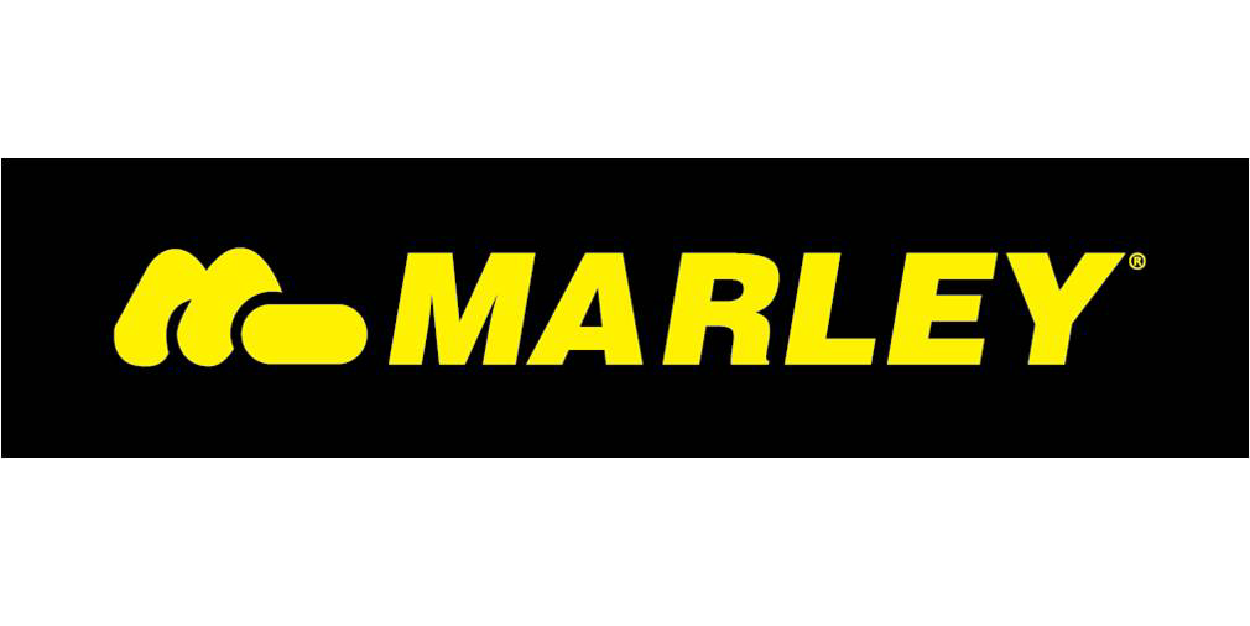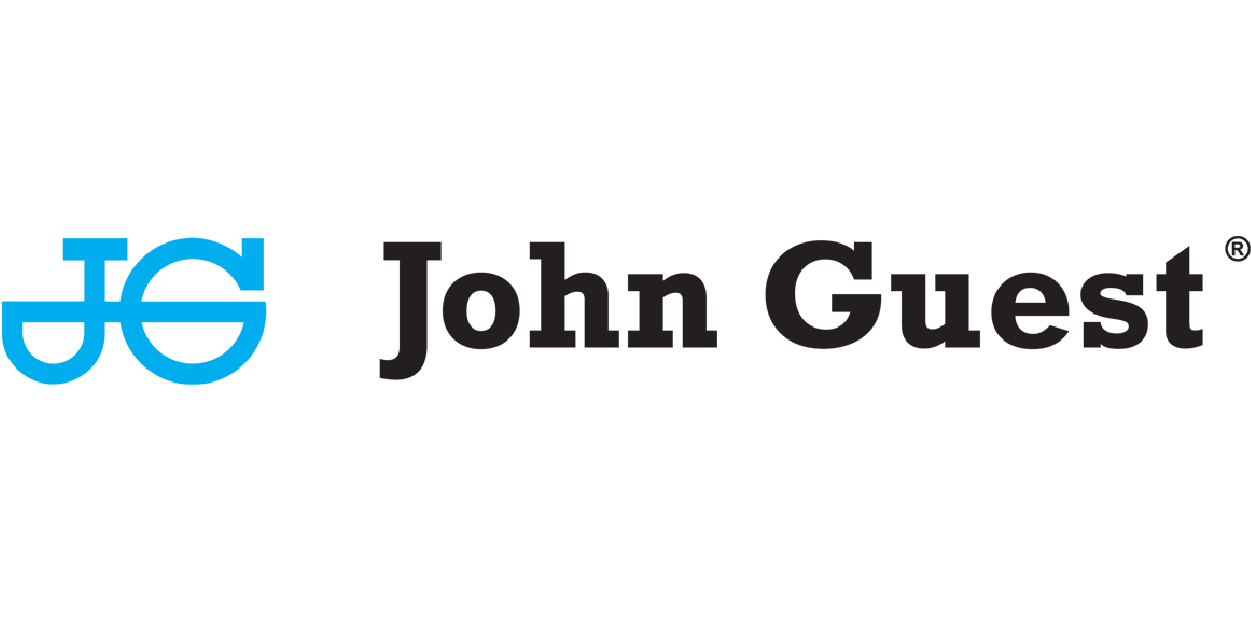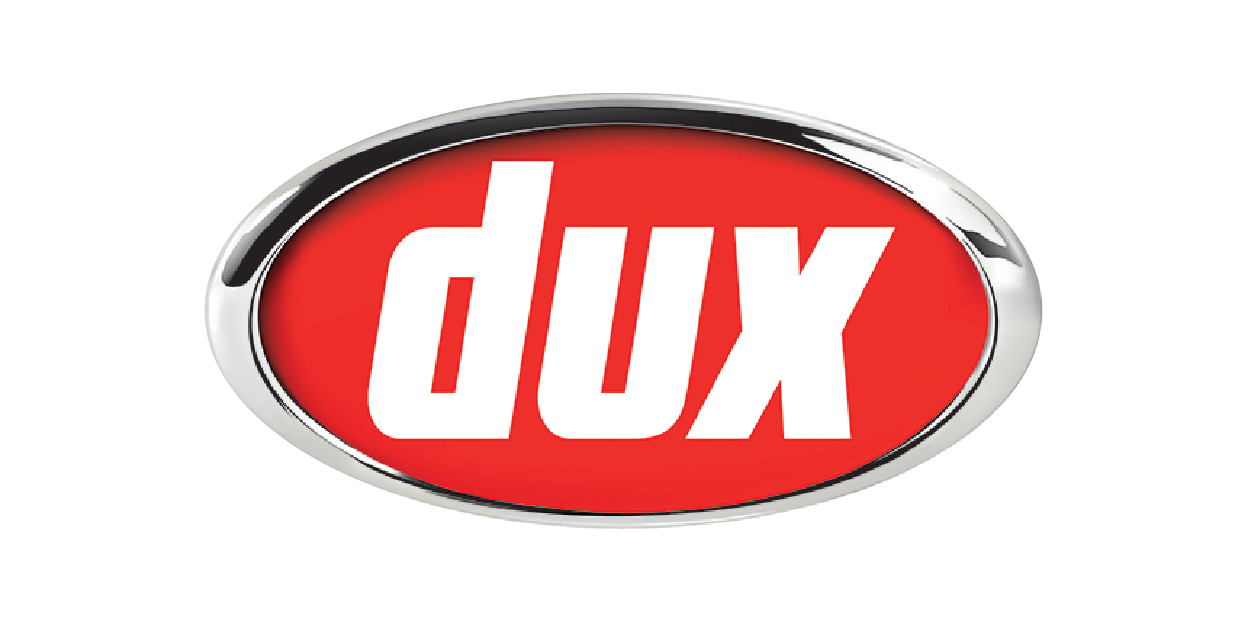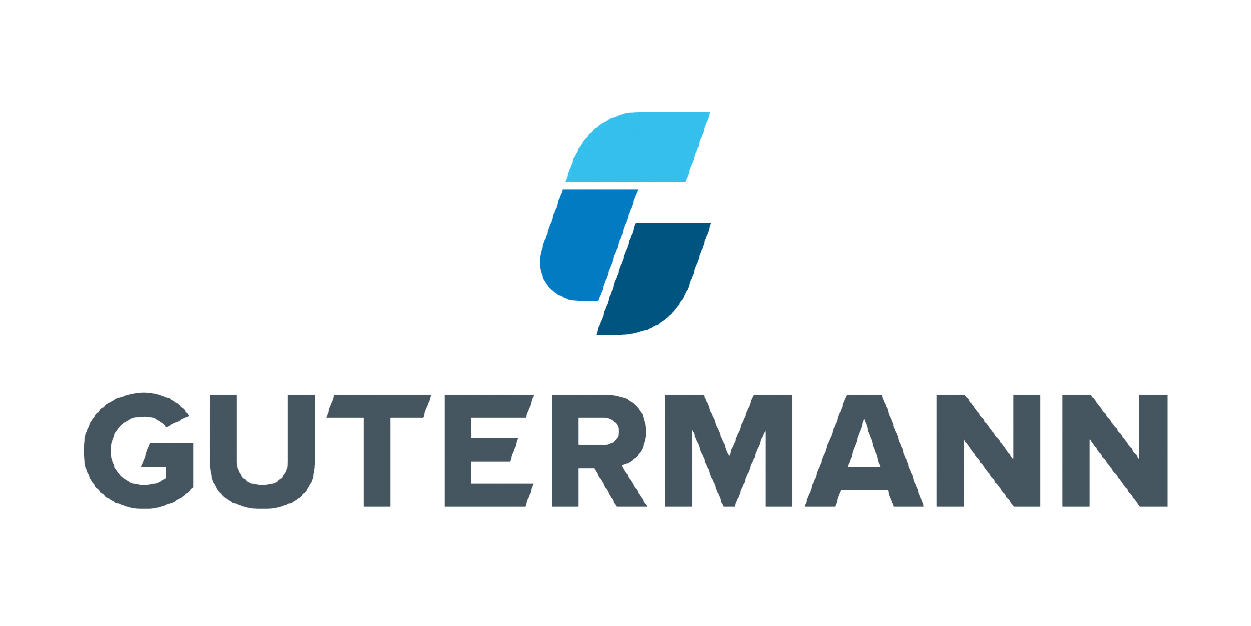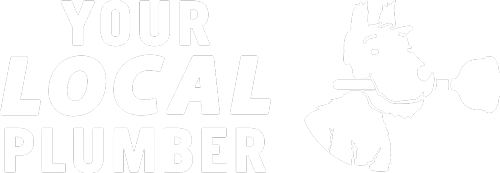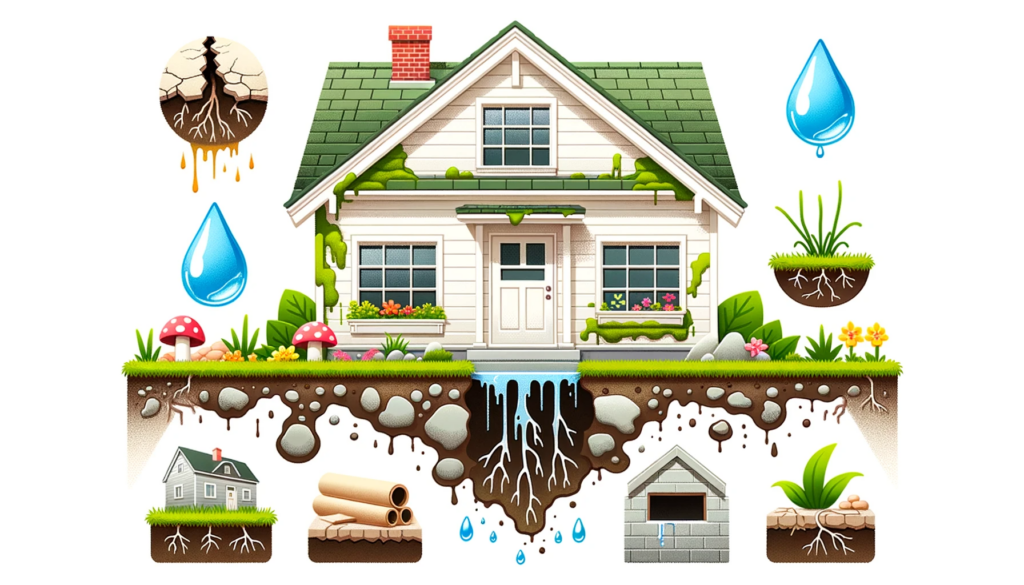
Call Today 09 973 4973 or
Understanding Correlators and Loggers
In the world of leak detection, technology plays a vital role in identifying and pinpointing issues within infrastructure systems. Two such technologies that have revolutionised leak detection are correlators and loggers. These devices, though different in their functions, work together to provide a comprehensive solution for detecting leaks within pressurised water and gas pipelines, even those that are concealed or buried underground.
Correlators are devices designed to locate leaks by comparing the noise generated by a leak from two separate points along a pipeline. They achieve this by measuring the time delay between the signals received from two sensors placed along the pipeline. This precise calculation allows the correlator to determine the exact location of the leak.
Loggers, on the other hand, are devices installed across a water supply system to record noise levels at different points over a specific period. This recorded data can then be analysed to identify potential leaks. By providing continuous monitoring and recording, loggers enable early leak detection, reducing the potential for water loss and significant damage.
The Science Behind Leak Correlators
The science behind leak correlators is based on the principle that sound travels at a known speed in different types of materials. When a leak occurs in a pipeline, it generates noise that propagates along the pipeline in both directions. By placing two sensors along the pipeline, and recording the time it takes for the noise to reach each sensor, a correlator can calculate the exact position of the leak.
There are several factors that can influence the accuracy of a correlator, including the material and diameter of the pipe, the pressure and temperature of the water or gas within the pipe, and the type and size of the leak. Understanding these variables and how they impact the operation of the correlator is crucial for effective leak detection.
Despite these variables, correlators offer a high degree of accuracy in locating leaks. They are particularly effective for large-diameter pipes, long-distance pipelines, and in situations where the exact location of the pipe is unknown. They work with a wide range of materials including metal, plastic, and concrete, making them a versatile tool for leak detection.
Loggers for Long-Term Monitoring and Leak Detection
While correlators are excellent for pinpointing the location of leaks, loggers play a crucial role in long-term monitoring and leak detection. Loggers are usually installed in a network across a water supply system, where they continuously monitor and record noise levels at different points.
This ability to continuously monitor noise levels makes loggers particularly useful in large, complex water supply systems where leaks may develop slowly over time. Over the course of days, weeks, or even months, the logger collects data that can be analysed to identify potential leaks. This early detection can help to minimise water loss, prevent more significant damage, and save valuable resources.
Loggers are generally designed to be robust and durable, capable of withstanding the harsh conditions often found in water and gas pipelines. They are also typically battery-operated, enabling them to function independently for extended periods.
The Synergy Between Correlators and Loggers
When correlators and loggers are used in conjunction, they provide a powerful and comprehensive leak detection solution. The continuous monitoring provided by loggers can give an initial indication of a potential leak. Once a potential leak is identified, correlators can then be used to pinpoint the exact location, enabling targeted and efficient repairs.
This synergy between correlators and loggers not only enhances the process of leak detection but also improves the efficiency and effectiveness of repair operations. By identifying the exact location of a leak, unnecessary excavations and disruptions can be avoided, saving both time and resources.
The Future of Leak Detection: Advancements in Correlators and Loggers
As with all technology, correlators and loggers are continually evolving. Advances in sensor technology, data processing, and machine learning are driving significant improvements in these devices, resulting in higher detection accuracy and efficiency.
Recent developments in sensor technology have improved the sensitivity and reliability of the devices, allowing them to detect smaller leaks and operate in a wider range of conditions. For instance, advancements in hydrophone technology have enabled sensors to detect lower frequencies, expanding their range and improving their ability to detect leaks in large-diameter pipes.
In terms of data processing, advancements in computing power have resulted in correlators and loggers that can process data faster and more accurately. Modern devices can handle large volumes of data, analyse complex signals, and accurately locate leaks even in challenging conditions.
Perhaps one of the most significant advancements is the application of machine learning algorithms in leak detection. These algorithms can learn from past data and improve their ability to identify leaks over time, making them more efficient and accurate. Machine learning can also help to reduce false positives, further enhancing the efficiency of leak detection operations.
These advancements in correlators and loggers are transforming the field of leak detection. With improved accuracy, efficiency, and versatility, these tools are enabling utilities and leak detection specialists to better manage their infrastructure, conserve resources, and provide a more reliable service.
Correlators and Loggers: Essential Tools for Efficient Leak Detection
Correlators and loggers play a crucial role in the field of leak detection. By combining the pinpoint accuracy of correlators with the long-term monitoring capability of loggers, these devices provide a comprehensive solution for detecting and locating leaks in pressurised water and gas pipelines.
The advancements in sensor technology, data processing, and machine learning are further enhancing the capabilities of these tools, leading to improved leak detection efficiency and accuracy. As these technologies continue to evolve, they will undoubtedly play an even more significant role in maintaining the integrity of our essential water and gas infrastructure systems.
In the hands of a trained professional, correlators and loggers can accurately detect leaks, minimise water loss, prevent damage, and ultimately, contribute to a more sustainable future. Therefore, understanding and utilising these tools is essential for anyone involved in the leak detection industry.
Suppliers
